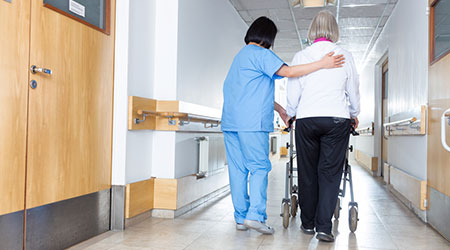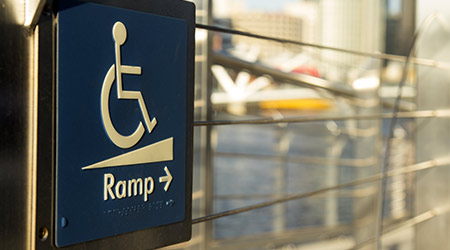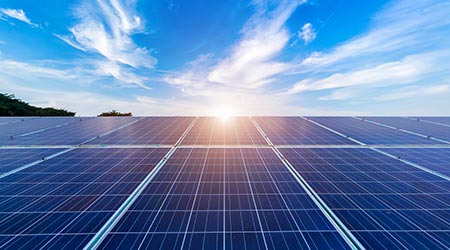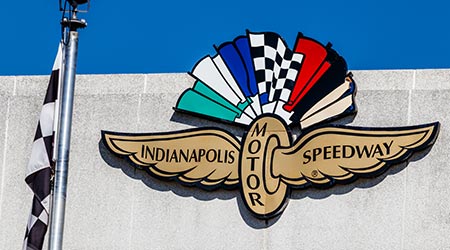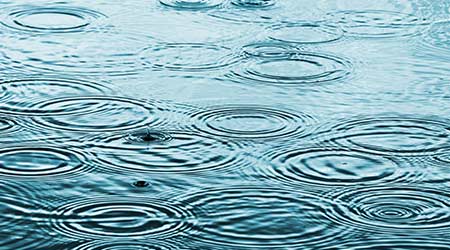
Blue Roofs Help Manage Stormwater Runoff
December 7, 2018
Roofs on institutional and commercial facilities have many colorful nicknames.
White roofs are reflective. They help buildings to stay cooler and mitigate the urban heat island effect.
Green roofs are vegetated, providing similar benefits as white roofs but adding the power of evapotranspiration to aid the cooling effect. They also provide forage for bees and a beautiful rooftop oasis for building occupants.
Then there are blue roofs, which I tend to think of as short-term ponds in the sky. Their main focus is mitigating stormwater runoff.
Stormwater runoff is a problem for many reasons. Heavy rains wash across rooftops, parking lots, sidewalks, and roads, picking up garbage and contaminants and flushing them into local waterways. In areas with combined stormwater and sewer systems, the sudden influx of water can require releasing thousands of gallons of untreated sewage into the waterways.
Cities are working to address the capacity of their combined sewer systems. For example, Milwaukee has constructed a "deep tunnel" system that provides additional stormwater storage capacity and significantly reduces overflow events. But impervious surfaces remain, and facility managers must be involved in minimizing the threat of stormwater runoff from these surfaces.
In concert with other strategies, such as rainwater cisterns and bioswales, blue roofs help slow down stormwater by detaining it temporarily to mitigate its negative effect on the municipal water infrastructure. In some cases, blue roofs capture rainwater and slowly release it back into the stormwater system once the storm has passed.
At least one company has designed a smart roof drain as a retrofit product. The drain anticipates the storm and can detain 2 inches of water for up to two days. In addition to delayed drainage, a blue roof system also can manage stormwater by helping it evaporate. In other cases, a blue roof can slowly irrigate a lower green roof, and in still other cases, the water can be routed to an onsite water-harvesting infrastructure to be treated for uses that include irrigation and cooling tower makeup water. The only thing a blue roof can't do is provide drinking water, due to regulations around potable water.
One interesting point from a presentation at Greenbuild on stormwater management, Grey to Green to Smart: The Next Generation of Urban Stormwater Management, was that blue roofs are not only available for new construction projects, though that's clearly the best moment to maximize their potential. Many properly installed and maintained commercial roofs should be able to detain 1 or 2 inches of rainfall, in terms of carrying the load. But managers need to make that determination in concert with a structural engineer and qualified roofing consultant.
Naomi Millán is senior editor, Building Operating Management.
Next
Read next on FacilitiesNet









